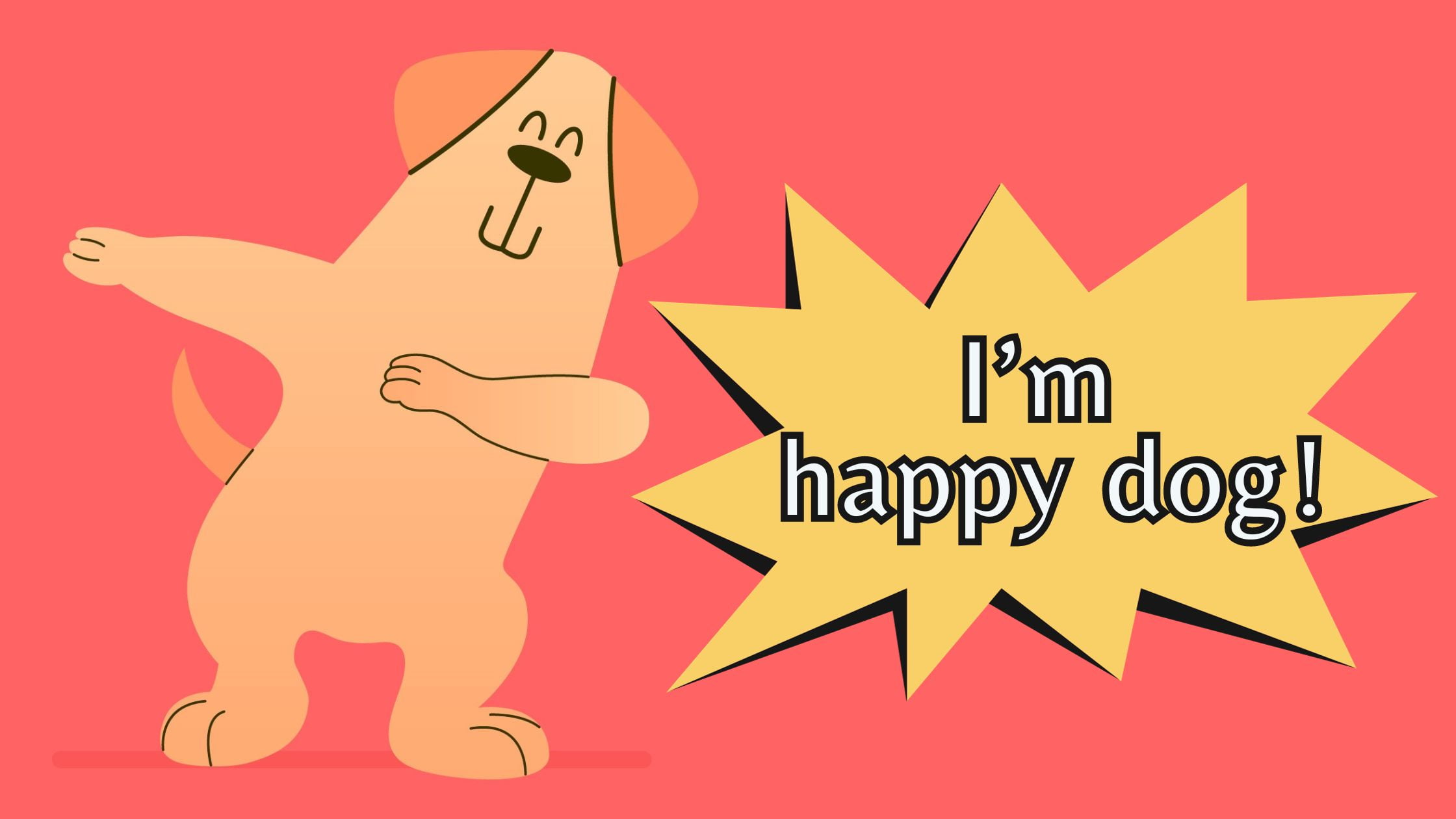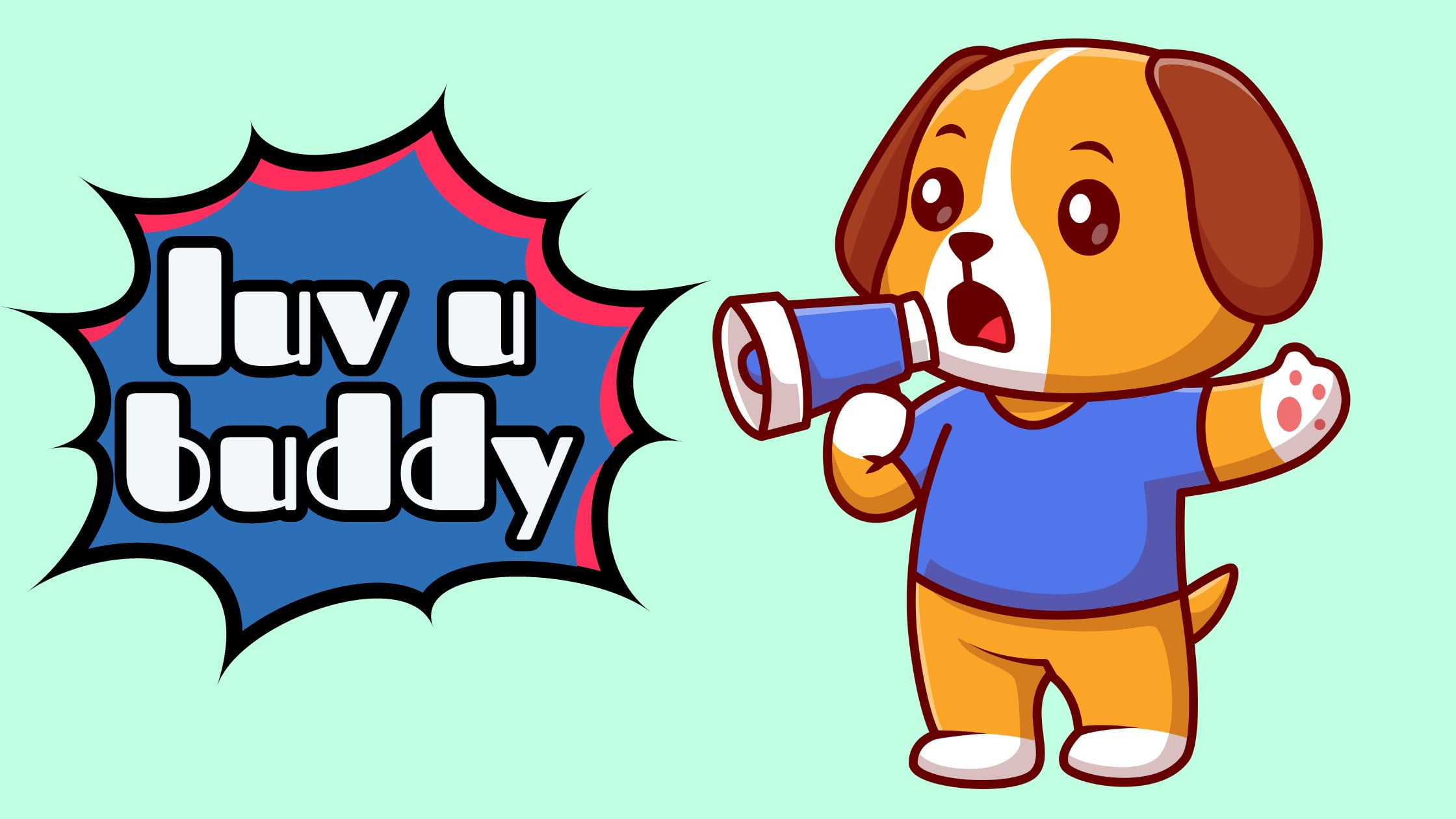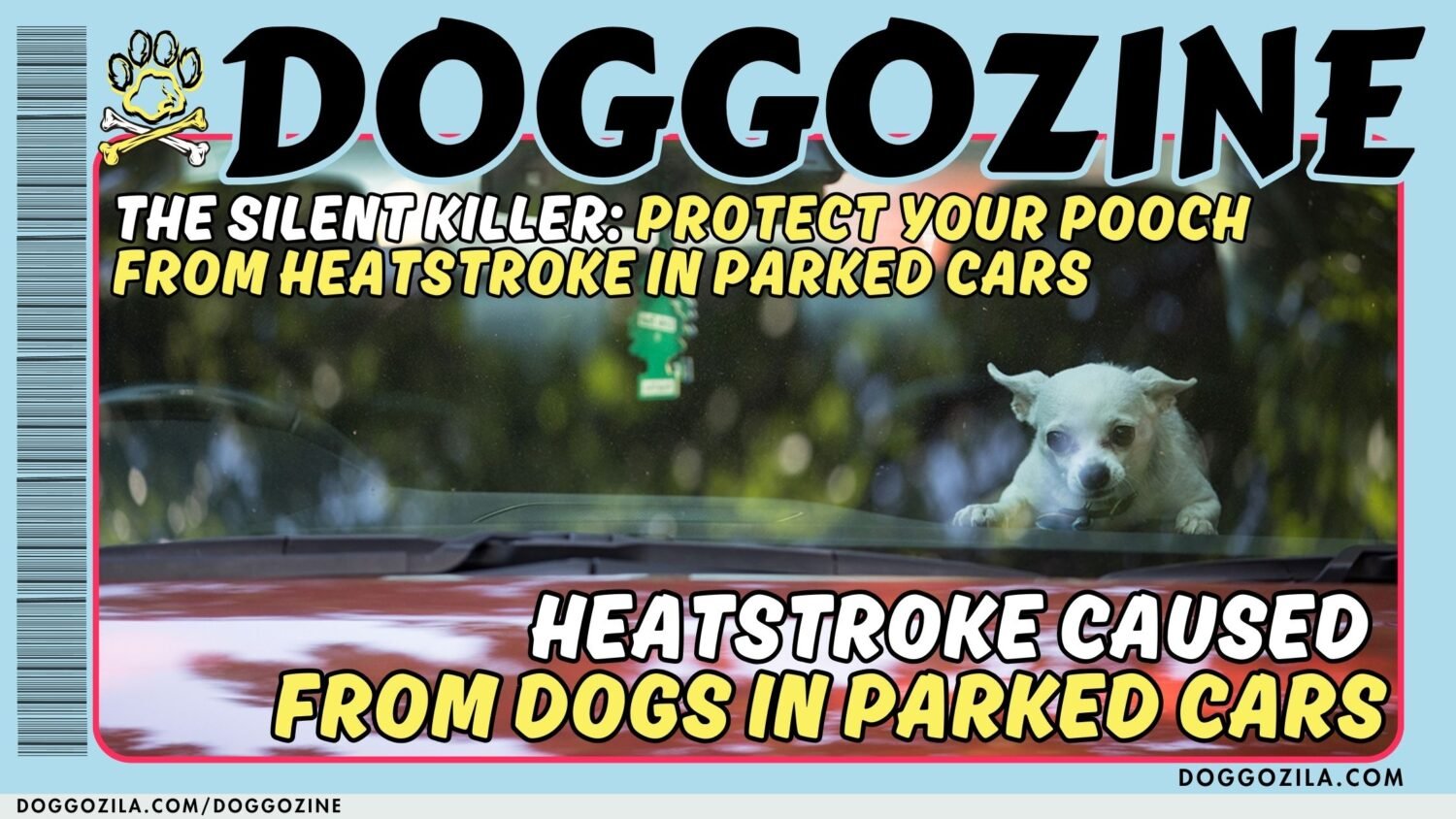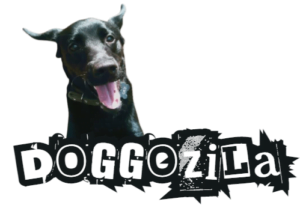Dogs are amazing animals that can provide us with companionship, protection, and entertainment. But how dogs express their happiness and love for us? Unlike humans, dogs cannot use words to communicate their emotions, but they can use their body language and behaviors to show us how they feel.

HOW DOGS EXPRESS HAPPINESS AND LOVE!
By learning how to read your dog’s signals, you can understand their mood and personality better, and strengthen your bond with them. In this article, we will explain how dogs express happiness and love through their eyes, ears, mouth, tail, body, and vocalizations.
Dog Eyes
The eyes are the windows to the soul, and this is true for dogs as well. Dogs can express a lot of emotions through their eyes, depending on the shape, size, and direction of their gaze. When a dog is happy, their eyes and eyelids will be open and relaxed, their gaze will be soft, and they will blink often. They may also make eye contact with you or look at you with a “smiling” expression. This shows that they trust you and enjoy your presence.
However, not all eye contact is positive!
- If a dog stares at you with narrowed eyes and a hard gaze, this indicate aggression or challenge.
- If a dog avoids eye contact or looks away quickly, this could mean fear or submission.
- If a dog has wide eyes, especially if the whites are showing, this could mean stress or anxiety.
Dog Ears
Dogs have different ear shapes and positions depending on their breed, but they all use their ears to communicate their emotions. When a dog is happy, their ears will be relaxed and rest naturally against their head. Some dogs will will show happiness with one ear cocked up or both ears might be loose and floppy. This shows that they are comfortable and curious about their surroundings.
However, if a dog’s ears are pricked forward or pinned back, this could indicate different emotions. When the ears are pricked forward often mean that a dog is interested or alert to something. Ears pinned back often mean that a dog is scared or nervous. Ears that are stiff or twitching also mean stress or irritation.

Dog Mouth
Dogs use their mouth to express happiness and love in various ways. One of the most obvious signs is licking or “kissing” you or another dog. This is a way of showing affection and bonding. Dogs may also nibble gently on your fingers or ears as a sign of playfulness or trust. Another way dogs use their mouth to express happiness is by smiling. A happy dog will have a relaxed mouth that is slightly open and showing some teeth.
The corners of the mouth will be turned up and the tongue may be lolling out. This shows that they are content and relaxed.However, not all open-mouthed expressions are positive. If a dog pants excessively or drools a lot, this could mean stress or overheating. When a dog bares their teeth or snarls, this could mean aggression or fear. If a dog yawns repeatedly or licks their lips, this could mean anxiety or discomfort.
Dog Tail
The tail is one of the most expressive parts of a dog’s body. Dogs use their tail to communicate their mood and intentions to other dogs and humans. When a dog is happy, their tail will be relaxed and wagging gently from side to side. Some dogs may even wag their whole body along with their tail. A happy dog may also raise their tail slightly as a sign of confidence and friendliness.
However, the position and movement of the tail can also indicate different emotions. A tail that is raised high or stiffly waving could mean excitement or arousal. The tail that is tucked under the body or between the legs could mean fear or submission. A tail that is still or slowly wagging could mean tension or uncertainty .
Dog Body
Dogs use their whole body to express happiness and love. One of the most common signs is jumping up on you or another dog as a way of greeting or showing enthusiasm. Dogs may also lean on you or nudge you with their nose as a way of seeking attention or affection. A happy dog may also roll over on their back and expose their belly as a sign of trust and submission. Another way dogs use their body to express happiness is by playing with you or another dog.
Dogs may initiate play by bowing down on their front legs with their rear end in the air. This is called a play bow and it means “let’s have fun”. Dogs may also chase, wrestle, or tug with you or another dog as a way of showing friendship and joy. However, not all body language is positive. If a dog is stiff or tense, this could mean discomfort or aggression. When a dog is cowering or shrinking back, this could mean fear or insecurity. If a dog is lying down or turning away, this could mean boredom or disinterest.
DOG VOCALIZATIONS
Dogs communicate pleasure, happiness, excitement, and affiliation through their vocalizations. The most common sounds of pleasure are moans and sighs, although dogs also use whines and growls to communicate happiness. Low-pitched moans are very common in puppies and are signs of contentment. High-pitched whines are often used by dogs to express excitement or eagerness. Soft growls are often used by dogs to express playfulness or affection.
Another sound that dogs use to express happiness is barking. Barking can have different meanings depending on the tone, pitch, and frequency of the sound. A happy bark is usually short, high-pitched, and repeated. Dogs may bark to greet you or another dog, to invite you to play, or to express joy . However, not all vocalizations are positive. If a dog howls or cries, this could mean loneliness or distress. When a dog barks loudly or incessantly, this could mean anxiety or frustration. If a dog snarls or snaps, this could mean aggression or fear.

ESSENTIAL ADVICE FOR DOG OWNERS
Dogs are amazing animals that can express happiness and love in various ways.
By learning how to read your dog’s signals, you can understand their mood and personality better, and strengthen your bond with them. You can also make them happier by providing them with regular care, attention, and stimulation.
Remember that dogs are individuals and may have different preferences and styles of communication.
The best way to know your dog is to spend time with them and observe their behavior.




